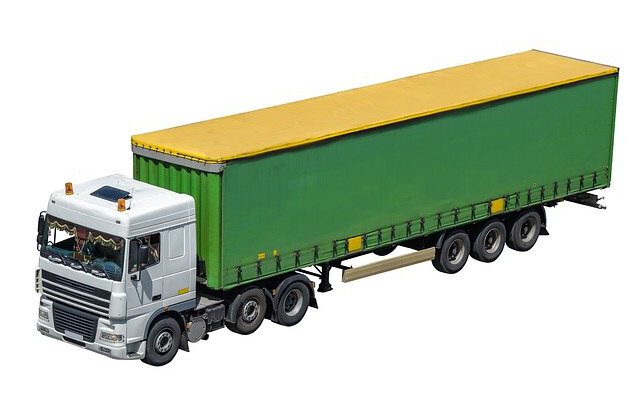Pet Safety Tips | How to Pet Proof Your Home & Yard

Like childproofing your home, pet-proofing is designed to protect your pets from harm while also minimising mess and damage to your home. If you’ve ever given your pet free rein in the house, you know what kind of trouble they can get up to.
Pet-proofing your home, indoor and out, can reduce the risk of harm coming to your beloved furry friend, while preventing damage and the hassle that comes with pet-related breakouts.
If you have children, then chances are you’ve already gone through many of the childproofing steps, which can also be tweaked for pet-proofing. So let’s have a look at a few things you can do to protect your pet (and protect your home from your pet!).
Kitchen
Let’s start in the kitchen. The kitchen is a prime area for your pet to cause trouble and potentially hurt themselves. Chances are they know there’s food around so they may get excited in the kitchen and they may want to dig around in areas they shouldn’t be in, like the pantry. Additionally, there are lots of potential dangers in the kitchen, like sharp knives, hot water and heavy items on the benchtops.
Start by minimising what they can get into by covering bins and putting childproof latches on low cabinets. You’d be surprised at how many determined pets can open a cabinet (despite the lack of opposable digits).
To avoid your pet getting a stomach-ache or worse, make sure all food is sealed and put away. This includes their own food, along with yours. Make sure you know which foods may be harmful to your pet and take extra care with these.
And speaking of food, if you have young or small pets, keep an eye on them when you open and close the fridge. Some adventurous animals have been known to sneak inside the fridge to investigate interesting smells or get cool respite on a hot day.
Finally, you should also block off any small nooks or crannies in your home, particularly behind appliances. Smaller pets may slip into these spaces and become stuck or injure themselves. If you routinely let your pets onto the bench, be mindful to watch them around any countertop appliances too.
Bathroom
Like the kitchen, it’s important to keep pets away from items that may harm them, like medicines and cleaning products. Securely close or lock cabinets so that they cannot get inside and become accidentally trapped.
If there are any other small spaces, like between the bathroom sink and bathtub, make sure your pet cannot access them and become stuck.
Additionally, keep any dirty laundry out of reach. Not only does this prevent your pet from adding their scent to your clothes by marking them, but also stops them from damaging or becoming entangled in your clothes.
Finally, keep the toilet lid closed. This prevents smaller pets from falling in and drowning, and larger pets from thinking it’s an acceptable drinking water source.
Living Room and Bedroom
If your pet is allowed indoors, it will likely want to spend the majority of its time with you. Chances are, you and your pet will spend a lot of your time in your living room and bedroom.
A good first step to pet-proof these rooms are to keep any wires out of reach. Curious or teething pets may see the wires as a tempting chew toy. If the wires are plugged in and switched on, your pets may electrocute themselves. This will also help to minimise damage to expensive electrical equipment.
If you have any pot plants, make sure these are out of reach. Many pets love to chew on houseplants or use them for a bathroom. However, if your pet is indoor-only, it can be helpful to have some pet-friendly plants for them to enjoy. For instance, cats often eat grass to aid in digestion, so keep easily accessible cat grass in a pot that can’t be knocked over.
Avoid leaving shoes out in the open too. Some pets are attracted to the smell of feet and may damage your shoes as they play with them. Others also enjoy playing with shoelaces. While this can look cute, pets can easily harm themselves with shoelaces and string, either by becoming entangled in or swallowing it.
Outdoor Areas
If your pet is allowed outside, you may want to pet-proof your yard. Start by ensuring that your yard is fenced and there are no opportunities for your pet to escape, including gaps in or around the fence. You may also like to invest in an automatic gate to minimize the chances of your pet escaping because you forgot to shut the gate.
While it is a legal requirement that any swimming pool is fenced off, it’s worth ensuring that your pets can’t get over or through the fence into the pool area. Pets should not be allowed near a swimming pool without supervision. They may be a strong swimmer but not understand how to get out on their own.
Where possible, avoid using lawn chemicals or garden pesticides. They can make your pet sick and, in some cases, even prove fatal. If you need to use these types of outdoor chemicals, be sure to keep your pets inside for the recommended time period of time after application.
When it comes to gardening, remove any poisonous plants or put them somewhere your pet cannot reach them.
Finally, regularly use a flea and tick treatment to protect your pet while they’re outside. Fleas and ticks can be irritating for your pet and, in extreme circumstances, fatal. Additionally, if your pet brings fleas inside, they can be difficult to budge.
You should be able to pet-proof your home and yard in a weekend or so, so there’s no reason to have your pet at risk unnecessarily. Show them you care by making your home a safe space for them.














